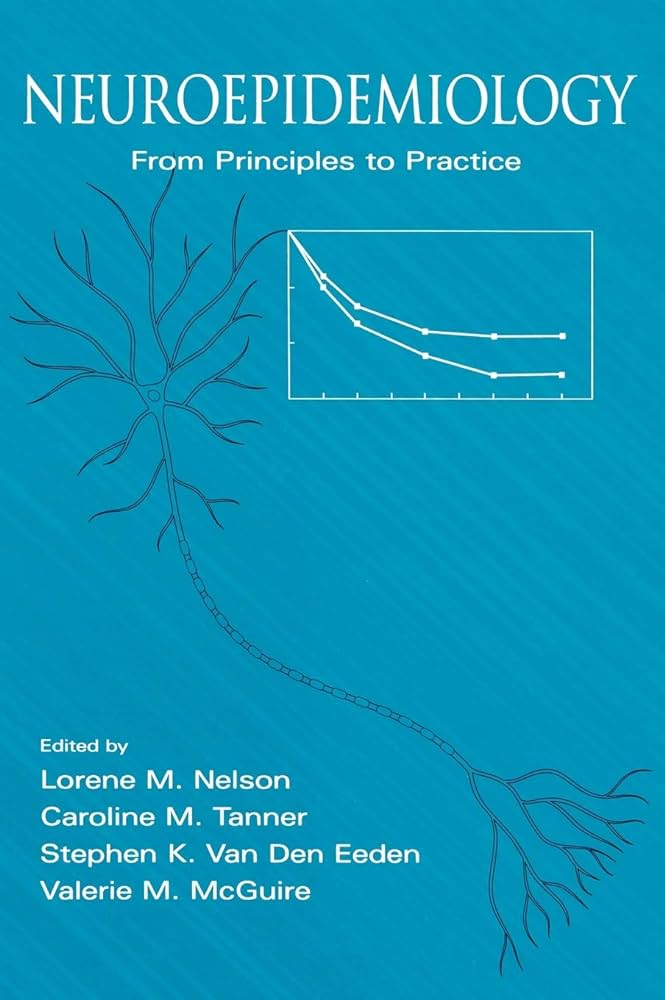Risk Factors and Temporal Patterns of Post-Stroke Epilepsy Across Stroke Subtypes: Insights from a Nationwide Cohort Study in Korea.
IF 3.2
3区 医学
Q2 CLINICAL NEUROLOGY
引用次数: 0
Abstract
INTRODUCTION We aimed to investigate the risk factors associated with post-stroke epilepsy (PSE) among patients with different subtypes of stroke, focusing on age-related risk and time-varying effects of stroke subtype on PSE development. METHODS A retrospective, nationwide, population-based cohort study was conducted using Korean National Health Insurance Service-National Sample Cohort data. Patients hospitalized with newly diagnosed stroke from 2005 to 2015 were included and followed up for up to 10 years. The primary outcome was the development of PSE, defined as having a diagnostic code and a prescription for anti-seizure medication. Multivariable Cox proportional hazard models were used to estimate PSE hazard ratios (HRs), and time-varying effects were also assessed. RESULTS A total of 8,305 patients with ischemic stroke, 1,563 with intracerebral hemorrhage (ICH), and 931 with subarachnoid hemorrhage (SAH) were included. During 10 years of follow-up, 4.6% of patients developed PSE. Among patients with ischemic stroke, significant risk factors for PSE were younger age (HR = 1.47), living in rural areas (HR = 1.35), admission through the emergency room (HR = 1.33), and longer duration of hospital stay (HR = 1.45). Time-varying analysis revealed elevated hazard ratios for ICH and SAH, particularly in the first two years following the stroke. The age-specific hazard ratios also showed an increased risk for those under the age of 65, with a noticeable decrease in risk beyond that age. CONCLUSION The risk of developing PSE varies according to stroke subtype, age, and other demographic factors. These findings underscore the importance of tailored poststroke monitoring and management strategies to mitigate the risk of PSE.不同中风亚型中风后癫痫的风险因素和时间模式:韩国全国队列研究的启示。
简介我们旨在研究不同亚型脑卒中患者中与脑卒中后癫痫(PSE)相关的风险因素,重点关注与年龄相关的风险以及脑卒中亚型对 PSE 发展的时变影响。方法我们利用韩国国民健康保险服务-全国抽样队列数据开展了一项基于人群的回顾性全国队列研究。研究纳入了 2005 年至 2015 年新确诊的脑卒中住院患者,并进行了长达 10 年的随访。研究的主要结果是 PSE 的发生,PSE 的定义是有诊断代码和抗癫痫药物处方。结果共纳入 8305 名缺血性中风患者、1563 名脑内出血(ICH)患者和 931 名蛛网膜下腔出血(SAH)患者。在 10 年的随访中,4.6% 的患者发生了 PSE。在缺血性脑卒中患者中,PSE 的重要风险因素是年龄较小(HR = 1.47)、居住在农村地区(HR = 1.35)、急诊入院(HR = 1.33)和住院时间较长(HR = 1.45)。时变分析显示 ICH 和 SAH 的危险比升高,尤其是在中风后的头两年。年龄特异性危险比也显示 65 岁以下人群的风险增加,超过该年龄后风险明显降低。这些发现强调了有针对性的卒中后监测和管理策略对降低 PSE 风险的重要性。
本文章由计算机程序翻译,如有差异,请以英文原文为准。
求助全文
约1分钟内获得全文
求助全文
来源期刊

Neuroepidemiology
医学-公共卫生、环境卫生与职业卫生
CiteScore
9.90
自引率
1.80%
发文量
49
审稿时长
6-12 weeks
期刊介绍:
''Neuroepidemiology'' is the only internationally recognised peer-reviewed periodical devoted to descriptive, analytical and experimental studies in the epidemiology of neurologic disease. The scope of the journal expands the boundaries of traditional clinical neurology by providing new insights regarding the etiology, determinants, distribution, management and prevention of diseases of the nervous system.
 求助内容:
求助内容: 应助结果提醒方式:
应助结果提醒方式:


